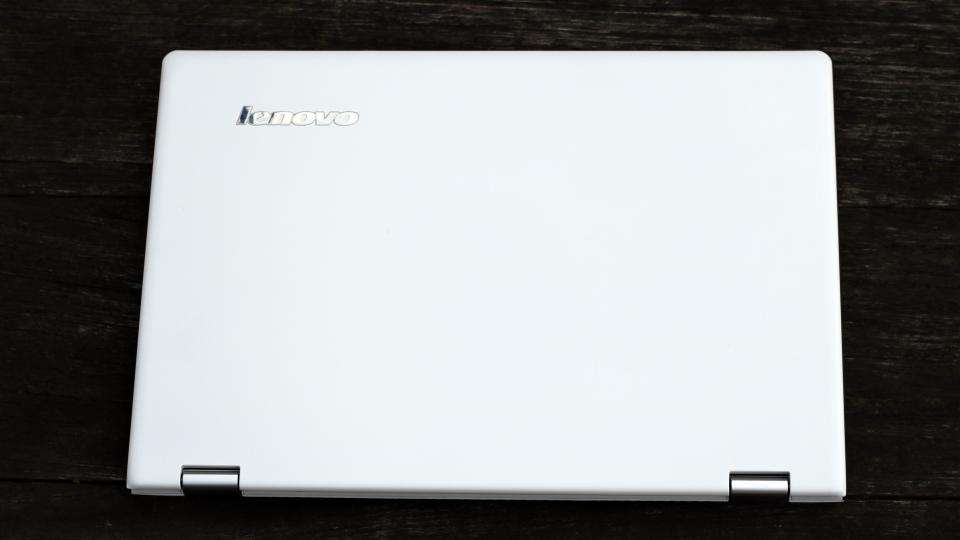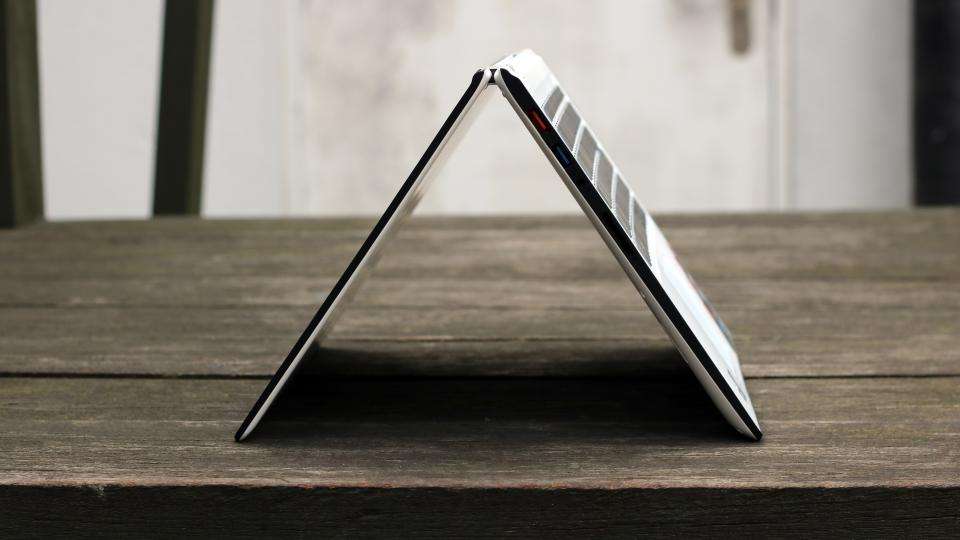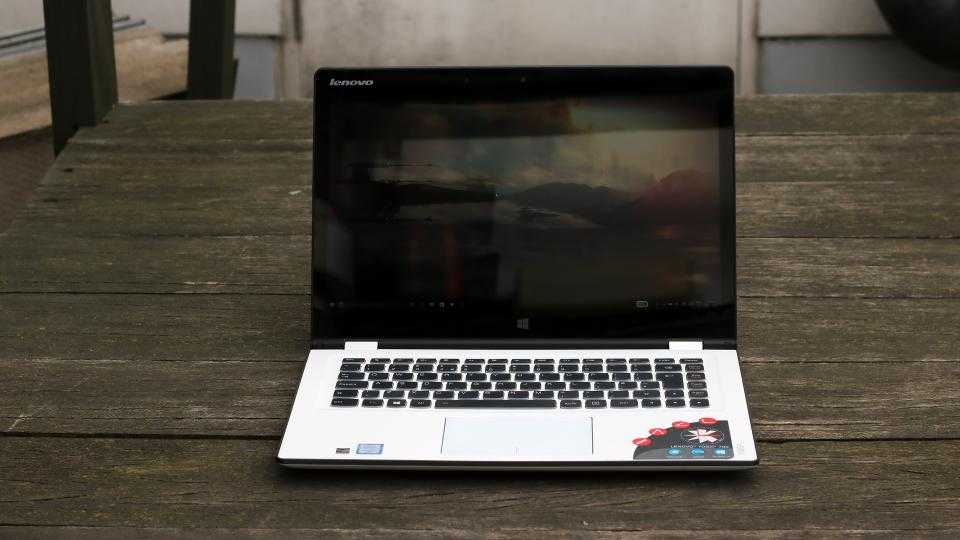Lenovo hardly shies away from convertible laptops. From those high-end performance devices like that Yoga 900 all the way to their business end like the ThinkPad X1 , Lenovo is well versed in the convertible revolution. They’re back at it again with the Yoga 700.
Now, from the offset you might be a little confused. Two Yoga 700’s showed up in early 2016. The one I have in front of me is the larger 14.1in model, best to read my other review if you’re looking for the 11.6in Yoga 700 .
Set aside those obvious size differences and you’ll spot so many differences between the two that you’ll be left wondering why lenovo didn't opt for entirely different distinguishable model names. While the cheaper 11.6in Yoga 700 opted for a seriously low-powered Intel Core m chip and a fanless design, this 14.1in Yoga is all about raw performance. Packing a far more powerful dual-core sixth gen i7, the 14.1in Yoga 700 is on an entirely different level, with a far higher price point to match.

Design and Connections
Visually, the 14.1in Yoga 700 shares many of the same design principles as its smaller sibling. However, it’s when you pick them up that you begin to notice a more subtle difference between the two. While the 11.6in model has a slightly soft touch outer chassis, the 14.1in has a harder, more plastic-like texture which is less easy to grip. Otherwise, the 14.1in Yoga 700 is available in a similar assortment of colours to its little brother, and the white model I reviewed looks nice and understated, particularly with its contrasting black keyboard, compared to the eye-catching orange option.
The 14.1in Yoga 700 weighs around 1.6kg with a thickness of 18.3mm, so it won't win any prizes for being the lightest or thinnest in its size category, but it’s still small enough to comfortably use on your lap for prolonged periods of time or throw into a messenger bag without too much trouble. While obviously larger and heavier than the 11.6in model, I still found the 14.1in form factor preferable for on-the-go use, as its larger screen was easier to work on.

However, one thing that's slightly disappointing with the Yoga 700 is that it still has Lenovo's old logo branding on the outer lid and bezel. It's not a big deal in the grand scheme of things, but compared to the Yoga 900, which comes with the company's new logo, it does make both Yoga 700s seem a little dated and old-fashioned.
Of course, none of this really matters when you start using it as a convertible. As with previous Yoga laptops, the hinge can fold all the way back on itself, letting you use the Yoga 700 as a tablet or propped up in tent mode so you can take advantage of its touchscreen. Thankfully, the strong hinge holds up to most degrees of prodding.
Its ports are all located along the rubber-coated sides of the laptop, but most of them are cluttered along the right edge. Here you'll find the power button, volume keys, a dedicated auto-rotate lock button and a recessed Lenovo Onekey recovery button all within close proximity, and a Micro HDMI and USB3 port further down. The left edge, on the other hand, only has an SD card reader, headset jack, another USB3 port and the power jack, which doubles up as a regular USB port when you're not connected to the mains.
Keyboard and Touchpad
Like all Yoga laptops, the Yoga 700 has a chiclet-style keyboard. The keys are all comfortably spaced apart so it doesn’t feel cramped, but the Enter key is rather thin for my liking. The Home, End, PgUp, PgDn keys have also been placed to the right of both the Enter key and Backspace, so anyone used to Backspace being on the far right might find themselves accidentally hitting Home more often than not.
Otherwise, the keys have a respectable amount of travel and feedback. It can take a while to get used to the key placement, but apart from the odd typo I found I could type on it fairly quickly and comfortably. After a day or so I found myself managing upwards of 110WPM, which for me is quite good for a laptop. The keys are backlit, too, which is always welcome.
The touchpad, while not officially a precision touchpad under Microsoft’s guidelines, was responsive enough once adjusted. It’s nice and sensitive to swipes and all of Windows 10’s myriad gesture controls were recognised without any issues, making navigation feel incredibly slick. It’s a reasonable size, too, making good use of the available space on the palm rest.


